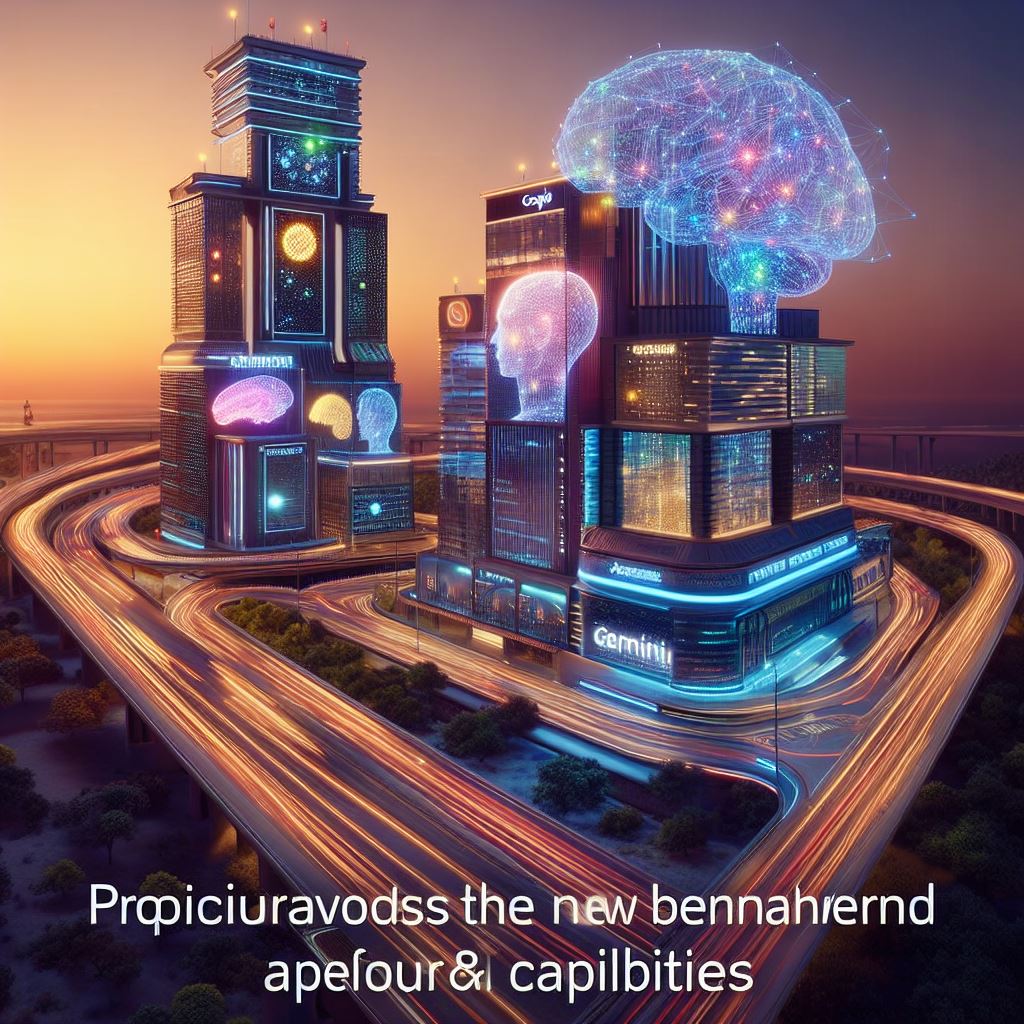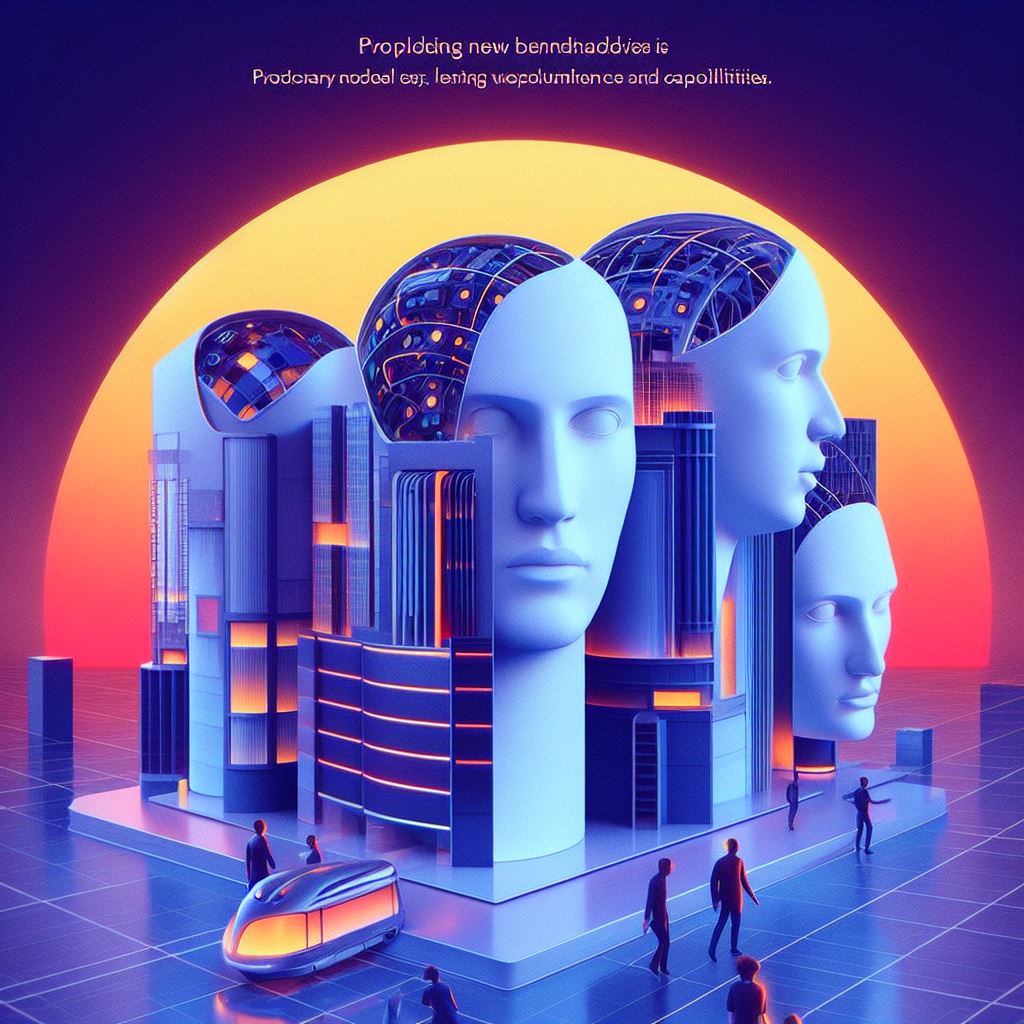
Open versus Closed Large Language Models: A Comparative Analysis
Date
10/04/2023Date
TechnologyAbstract
The landscape of Large Language Models (LLMs) is undergoing rapid transformation with the advent of both open-source and proprietary models. This essay seeks to evaluate the developmental trajectories of these two categories, highlighting their current state and potential future.
Introduction
The utilization of LLMs such as GPT-4 by OpenAI and Google's Gemini has brought forth significant advancements in Natural Language Processing (NLP). However, these strides have also raised questions about the sustainability and competitiveness of open-source models. Despite the challenges, there is an emerging consensus that open-source models are on a path to close the gap with their proprietary counterparts.
Current State of Proprietary Models
Proprietary models like GPT-4 and Google's Gemini have set new benchmarks in performance and capabilities. These models are not only powerful but are also leaning towards multimodal functionalities, thereby expanding the realms of their applicability.
Challenges and Progress in Open-Source Models
While open-source models have shown promise, they are yet to reach the performance levels of advanced proprietary models. However, efforts are being made in various directions such as training multimodal models and mimicking advanced architectures like the Mixture of Experts (MoE).

Future Outlook
Training Multimodal Open-Source Models
Several research labs are focusing on multimodal models that can process text, images, and sometimes audio. These models usually start with a pre-trained language model and then fine-tune it for specific tasks.
Mimicking Mixture of Experts
The MoE architecture, rumored to be a part of advanced models like GPT-4, combines specialized smaller models to process data more efficiently. Open-source models could mimic this approach for better performance.

Leaderboards and Benchmarks
The open-source ecosystem already has various benchmarks and leaderboards that help developers measure the effectiveness of their models, serving as a stepping stone for improvements.
New More Powerful Open-Source Models
Several organizations have committed to developing and open-sourcing next-generation multimodal LLMs, indicating a promising future for open-source models.

Smarter AI Alignment and RLHF
Open-source models may have the advantage of less scrutiny compared to big tech companies, allowing for more rapid innovation in areas like AI alignment and Reinforcement Learning from Human Feedback (RLHF).
Conclusion
The gap between open-source and proprietary LLMs is expected to narrow in the coming months. Factors such as the law of diminishing returns could eventually make it challenging for proprietary models to maintain a significant edge. Thus, the future seems promising for open-source models to catch up in terms of both capabilities and performance.